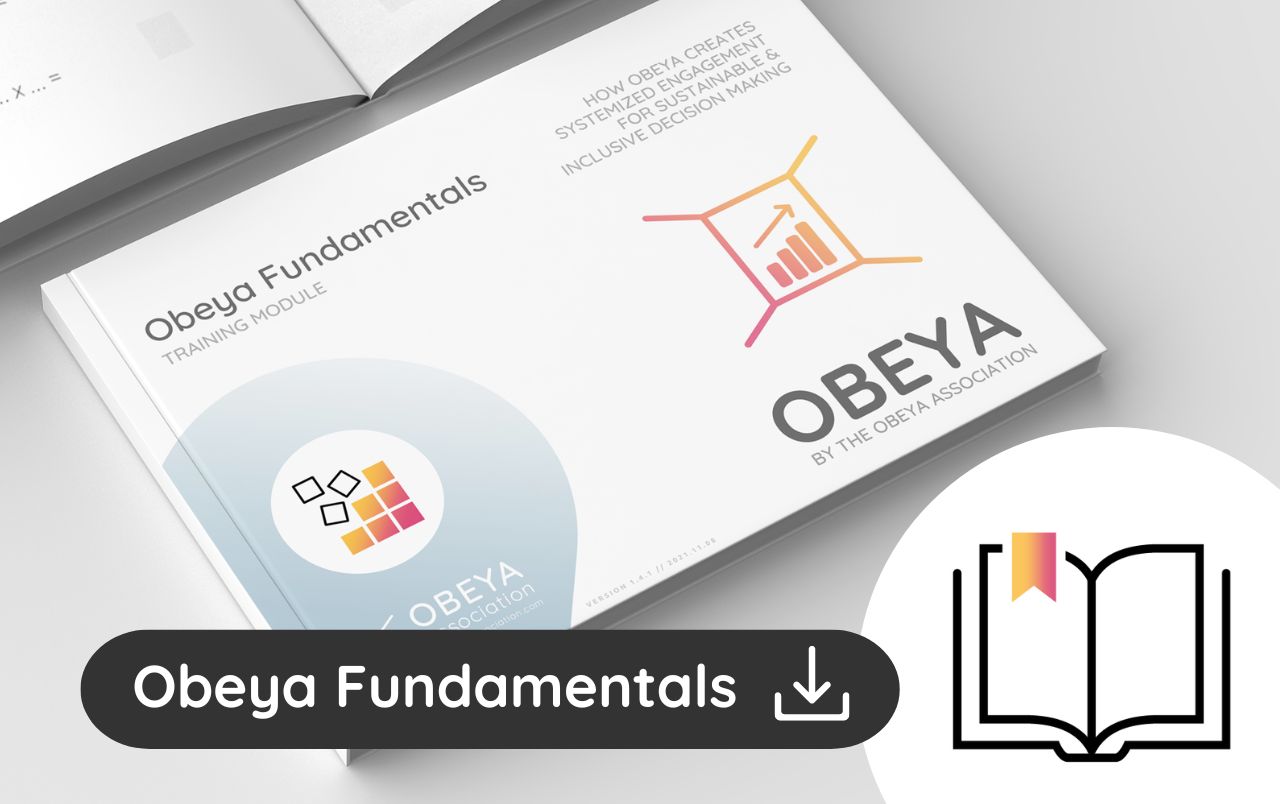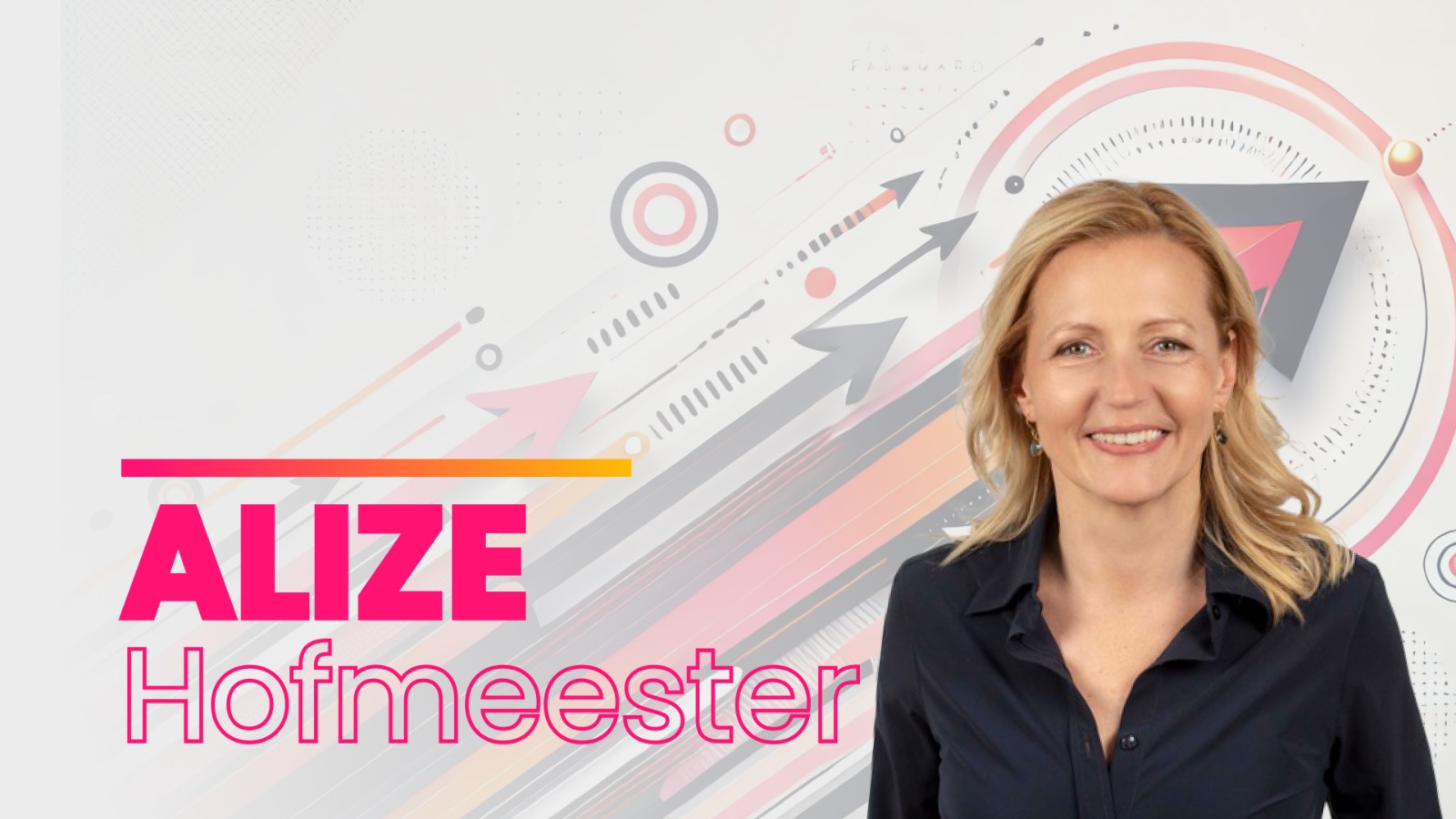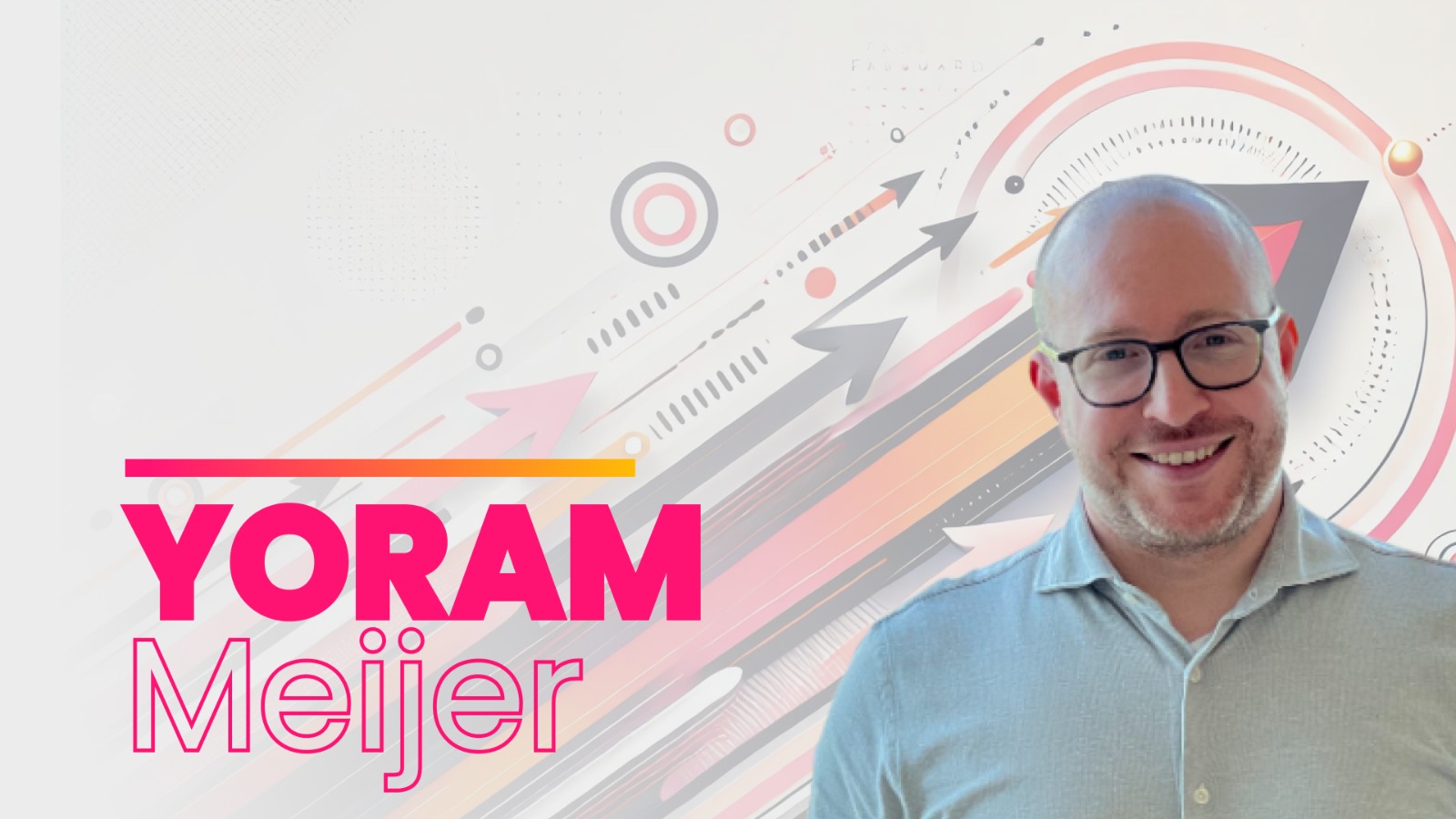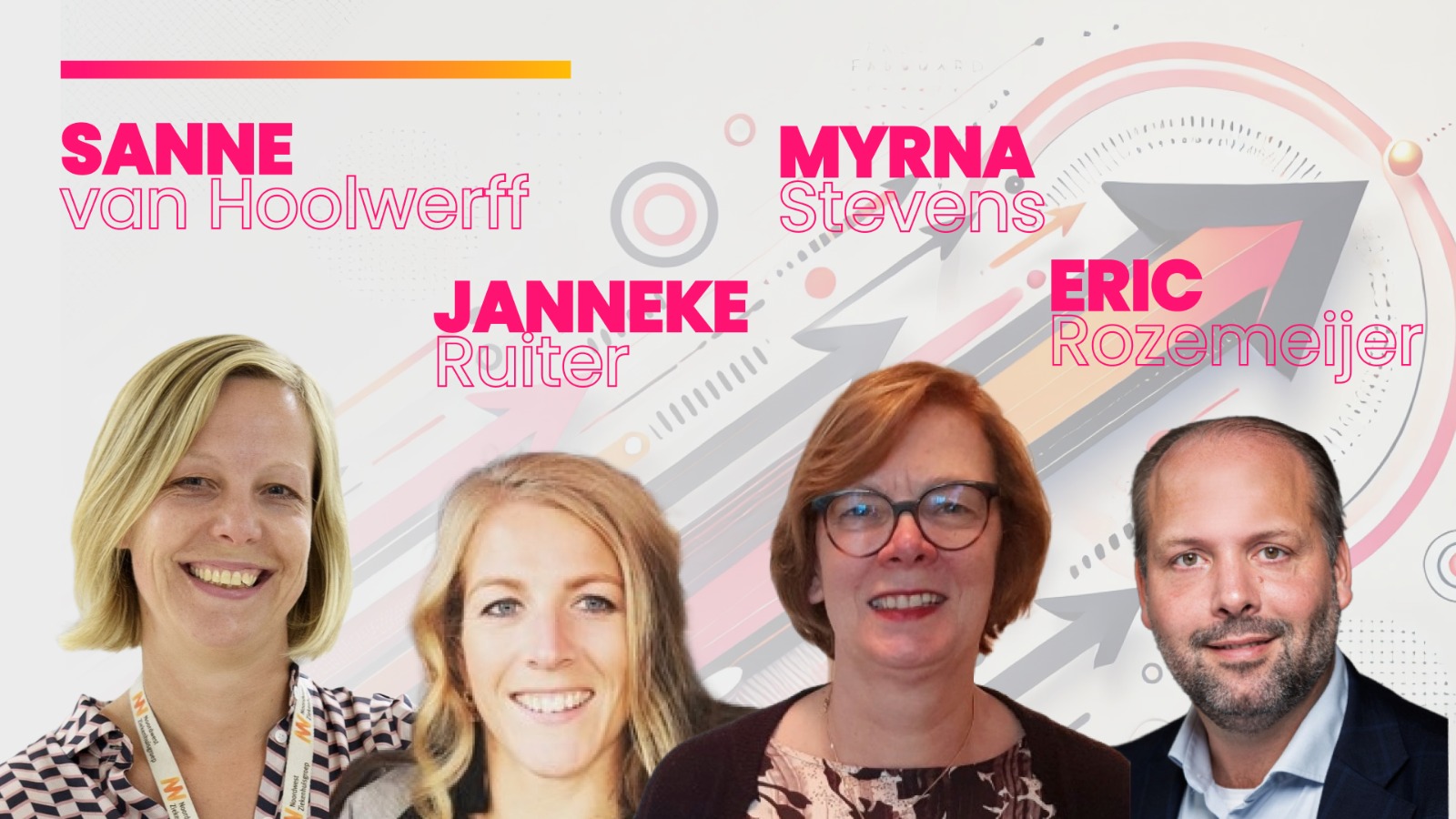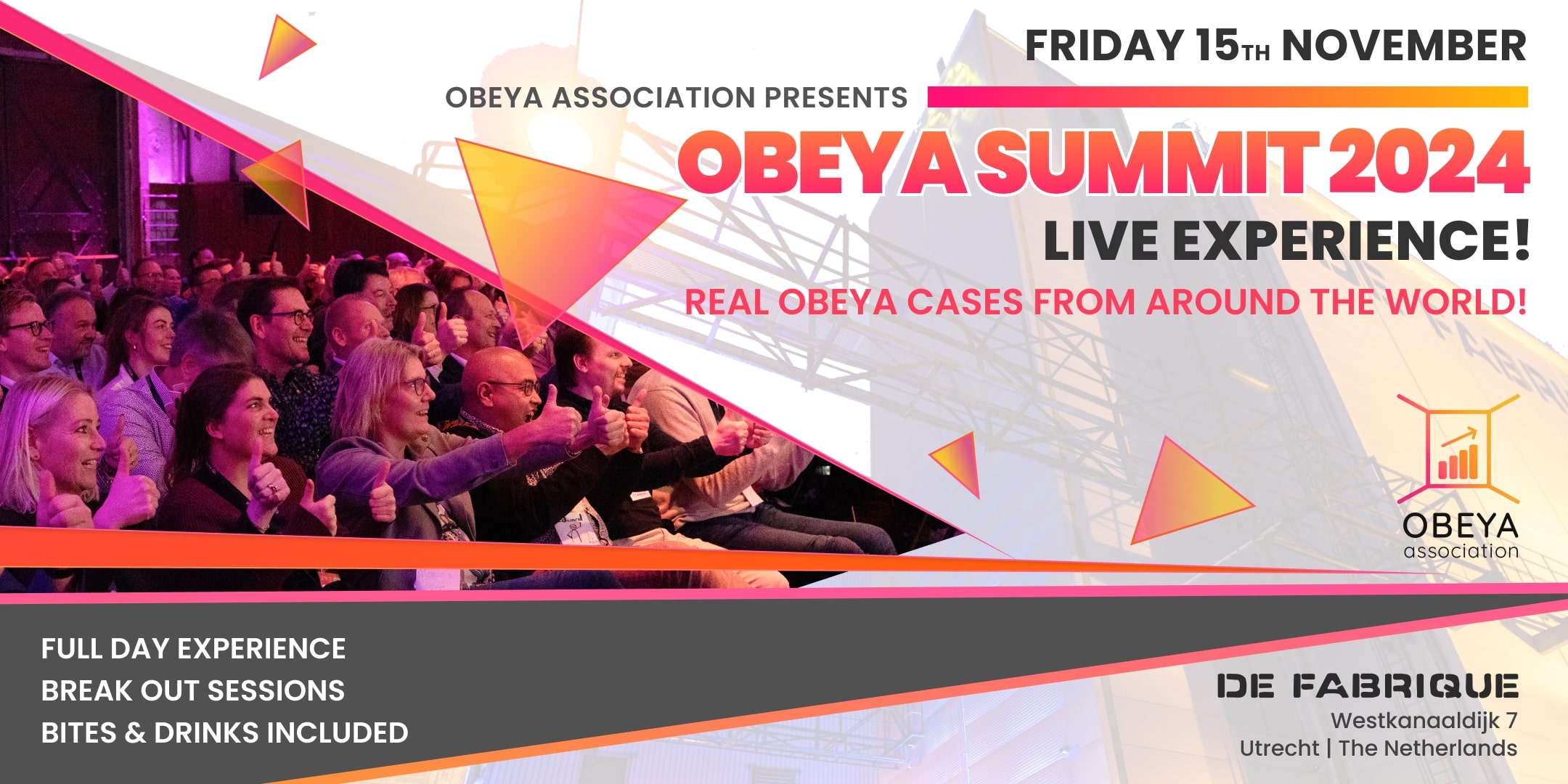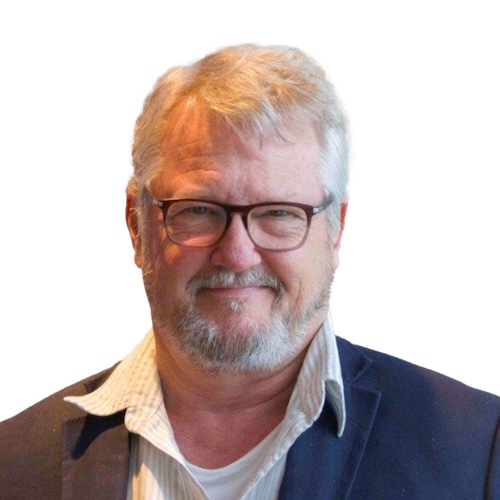
Author of this article: Bjarne Berg Wig, Institute for Learning Organizations
How to build an environment of everyday learning – solving wicked problems through continuous learning and improvement
For decades we have been taught – both in school and in work life – the “right way” to work. We have been measured on loyalty to the standards defined in the management system. Management is inspired by the DuPont model refined at GM by Alfred Sloan with profit and loss centers, and Frederick W. Taylors “scientific management” with the division of thinking and execution. This “efficient execution” worked in the period of standardized mass production with an influx of formally unskilled workers from the countryside. Indeed, Taylor insisted that his model was in the best interest of workers. However, with complexity rapidly growing, the need of an environmental revolution, and new technological breakthroughs. This model is now a recipe for disaster. This paper and workshop describe the transformation of the whole way of thinking work. The paradigm shift work as execution to work as learning. From steering to learning systems.
The heartbeat of a real learning organization is not the fancy visions but what we do on a daily basis. How we act and how we think when we work. LOS Norge (SoL Norway) have developed two models in interaction with the leading Lean and learn enterprises and municipals in Norway. These models are based on the five disciplines introduced by Peter M. Senge, modern research on leadership and organizations from researchers such as Amy Edmondson, Bonnitta Roy, Derek Cabrera, Michael Ballé, and a study of the best learning organizations in Norway. The research published in the new book: “Lærende organisasjoner” (in Norwegian).
The research is summed up in two models:
- THE SCAFFOLDING of Everyday Learning. Six criteria’s for self assessment and improvement.
- THE WORK PRACTICE – The “DNA” of Learning Organizations.
Three simple rules to follow every day.
Complex adaptive systems
Starting with the TQM movement in the 80s and early 90s and on to the Lean wave over the last 15 – 20 years and now Agile, both private and public organizations in Norway have implemented, developed or tried to transform themselves into real learning organizations. However, after early successes, many have failed to sustain the initiative, and some have even regressed. Most top managers still believe in or fall back to classic command and control systems, and “implement” Lean etc, as a set of tools to reduce costs. I believe that the root cause of these failures lies in the belief that work has to be executed efficiently “the right way” and that employees has to be motivated for follow the system.
“To transform from a command and control to a learning organizations we have to transform the belief system – the mental models – of leadership.”
Any type of organization is a complex system. A complex system, which has to constantly meet new changes through practicing systems thinking and learning.
The organization and its leaders have to learn how to adapt to a complex and changing environment:
- Adapt to change into balance with mother earth, dramatically reduce the environmental footprint.·
- Adapt to the new breakthroughs in technology – the New Industrial Revolution
- Adapt to the needs of the people within the organization and the stakeholders. All humans right to be proud of their work.
The following framework and model is tested out in leading Lean and continuous improvement organizations in both industry, health care, governmental organizations and municipals in Norway.
1. The Scaffolding of Everyday Learning
The framework consists of 6 key criteria’s and covers all of the five basic disciplines by Peter M. Senge, but is also heavily inspired by the research from the researches mentioned above.
The first and basic criteria is Systems Thinking: Seeing learning at the workplace as a system that contains the interaction between all six elements. In all six elements one need to practice the “DNA” – and the three simple rules.
V – Make the problems and hidden information visible. Reveal reality so all can observe it.
D – Involve in a dialogue based on respect – reflect on the past, predict the future. Plan for experiments.
P – Practice experiments to gain knowledge!
The six criteria’s that forms the framework or scaffolding for EVERYDAY LEARNING:
Assessment criteria
- Safe learning environment – Make it safe to fail and learn from failures.
- Shared common goals and vision – Why are we here?
- Standardize Good Practice – The best way we know today.
- Self-managed teams – Practicing of the “DNA” of learning organizations
- Continuous Improvement and innovation – A little better than yesterday
- Shared knowledge – Shared mental models the “engine” of any organization and society.
2. The “DNA” of Learning Organizations
It is a misconception that complex systems need complicated methods. We should not mix complexity with complicated! Complexity cannot be met by complicated methods. Like in the nature itself, complexity is met by simple rules of behaviour. Complexity needs simple rules that we all can practice every day. We have to liberate management and leadership from all the fancy words!
There is a “dna” of organizational learning. The simple rules of behaviour in learning organizations. The “dna” code consist of three “atoms” that interact dialectically. The power that binds the “atoms” together is RESPECT, respect for people, respect for humanity. Think of the metaphor from the great Michelangelo who once said “ I saw the angel in the marble, and carved until I set him free”. Practicing the simple rules of the “dna” is like carving out what Peter Senge called personal mastery. The intrinsic motivation for doing good work and try to do it a little better every day.
V – Make Information visible! Visualisation is the magic dust of learning. However, most information is hidden. Visual information has to be easy to see, regular, relevant, timely and correct. It helps us to see and understand our problems and our work.
D – Dialogue Predict, reflect and learn! Dialogue is the person or team’s prediction of the future.
A willingness to discuss what we actually do, and share the information only we have access to. – What we want to happen? And reflection: – What happened? – What did we learn?
P – Practice – Experiment! Without practice there can be no real learning. With practice we mean: – many small experiments to gain knowledge. Many companies in Norway practice the “KATA” – experimentation learned from Toyota. A systematic training method for PDSA thinking as Deming intended.
Systems thinking and the daily dialogue and experiments
In the last year LOS Norge have experimented with a model developed by Cabrera & Cabrera, the four simple rules of systems thinking:
- Distinction rule: Any idea or thing can be distinguished from other ideas or things
- Systems rule: Any idea or thing can be split into parts or lumped into a whole
- Relationship rule: Any idea or thing can relate to other things or ideas
- Perspective rule: Any thing or idea can be the point or the view of a perspective
When we practice the “dna” visualization, dialogue and practical experiments – it can be strengthened through practicing of the ground rules of systems thinking. Systems thinking are how we train ourselves to develop better mental models (knowledge). To continuously test our assumptions against the real world.
It only requires training. Like exercising a muscle, the more you practice the better you get, but you have to start by doing.
Over time – the new habit, the culture of learning.
Just pick a working related problem:
- How can we visualize it? How can we see how it looks like with our own eyes? Go and see! Make Picture, graph, figure, videos. Visualize the important information on the physical or digital board. Visualise also information under the iceberg!
- Learning Dialogue: What is the problem, what is it not? (Distinction rule) What is the problem part of (systems rule). What is the relation – action-reaction (or cause and effect) we see? (Relationship rule). How does it look like from different perspectives? (Perspective rule)
- Practice: What experiment do we need to do to gain more knowledge? How fast can we test our mental model? Do small experiments daily and weekly.
The practice has to be developed through many repetitions and PDSA cycles, but over time it will be the new habit that will support a learning culture.

